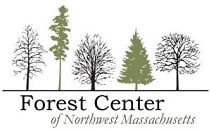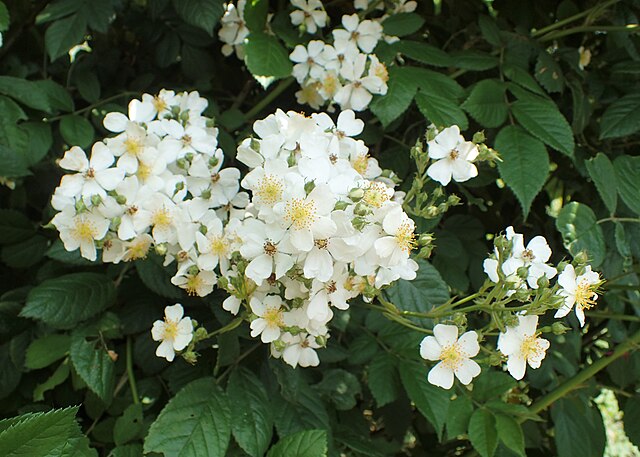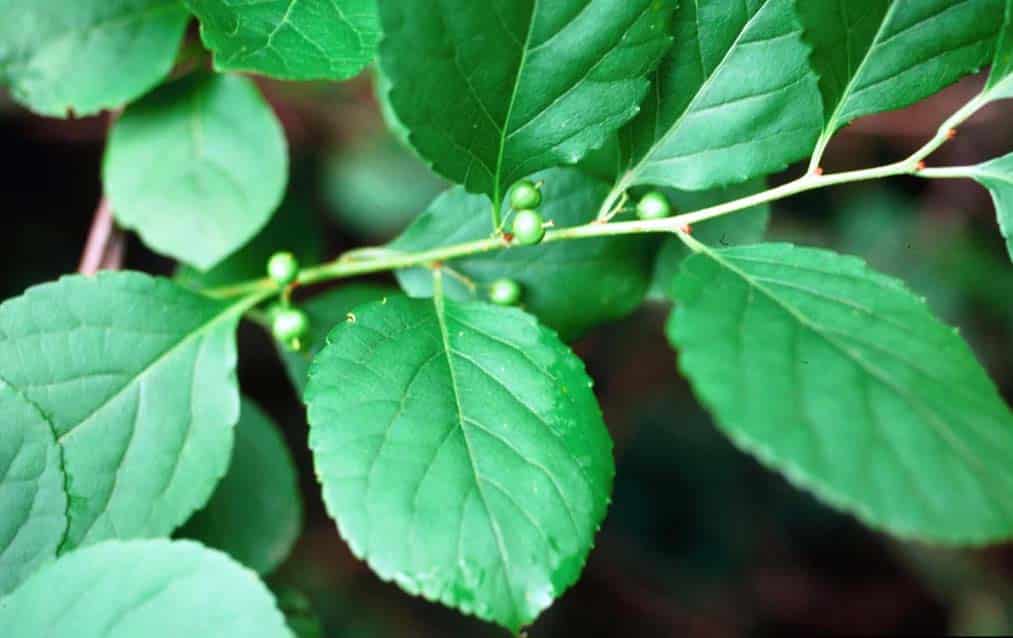Invasive Species
Climate change is creating more attractive conditions for invasive plants, pests, and pathogens in Massachusetts. The increased temperatures, earlier springs, and reduced snow all allow invasive species to outcompete native species for space, habitat, sunlight, water, and nutrients, which can have a significant effect on forest health, biodiversity, resilience, and regeneration. Stressed forests are more susceptible to damage from invasive species, even when climate change is not the direct cause of the spread.
Management Options
There are a variety of management options to combat the establishment of invasive plants and non-native insects. The ideal management option varies between species abundance, landowner objectives, site location, and timing. Below are some common, but not exclusive, management options for common invasive species in the region. Consider getting a forest stewardship plan for your land that can assist in managing present invasive and preventing new introductions.
To learn more, download the Forest Vulnerability Spotlight reference guide.
Supporting Resources
- Learn more about invasive species
- Find out more about the distribution of invasives in the region
- Explore more information on herbicides use
Before using herbicides or pesticides, first review the Massachusetts Wetlands Protection Act; anyone planning control measures in wetlands should first check with the local conservation commission, and use only herbicides registered for use in these areas. Always read and follow the directions on the label when using herbicide.
Forest Stewardship Funding
No matter what goals you might have for your forest, there are a number of programs that can provide financial support and assistance.


